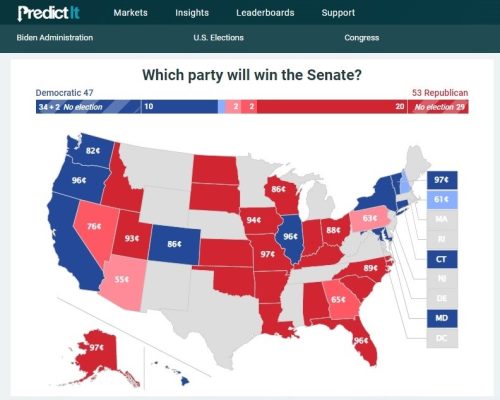Abstract: A “red wave” midterm election seems about to occur. Notwithstanding the apparent (relatively) recent precedent of the 1994 midterms, the eight weeks from Tuesday 8 November 2022 to Tuesday 3 January 2023 may become the most challenging period to date in the entire history of the American constitutional order, not excepting the “Secession Winter” following Tuesday 6 November 1860. A broadly similar situation would almost certainly exist if the relative positions of the major political parties in the US were reversed. Even with alarming possibilities in view, this post is intended to promote constructive apprehension, not mere fearfulness.

Like all good students at our eponymous institution, you get the theoretical elements first, then more practical aspects, and falsifiable predictions at the end.